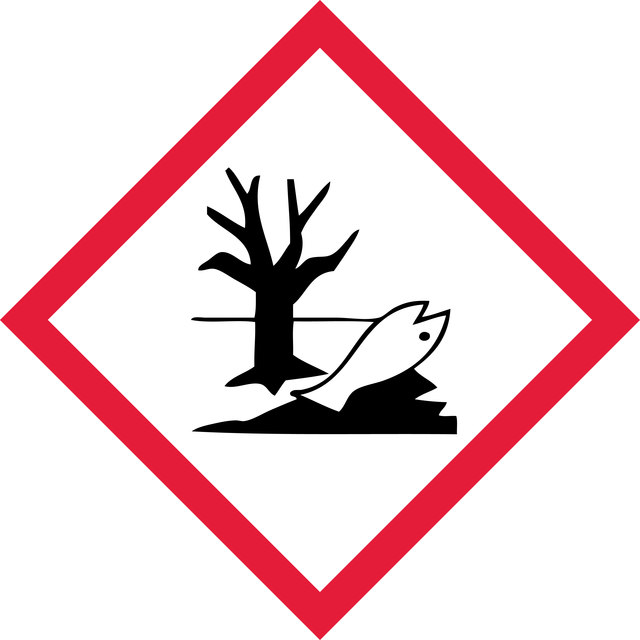质量水平
方案
99%
自燃温度
971 °F
mp
105-108 °C (lit.)
SMILES字符串
Nc1ccc(cc1Cl)[N+]([O-])=O
InChI
1S/C6H5ClN2O2/c7-5-3-4(9(10)11)1-2-6(5)8/h1-3H,8H2
InChI key
LOCWBQIWHWIRGN-UHFFFAOYSA-N
正在寻找类似产品? 访问 产品对比指南
警示用语:
Warning
危险声明
危险分类
Acute Tox. 4 Oral - Aquatic Chronic 2
储存分类代码
6.1C - Combustible acute toxic Cat.3 / toxic compounds or compounds which causing chronic effects
WGK
WGK 2
闪点(°F)
379.4 °F - closed cup
闪点(°C)
193 °C - closed cup
个人防护装备
dust mask type N95 (US), Eyeshields, Gloves
法规信息
危险化学品
此项目有
Thai Ha Tran et al.
Chemosphere, 201, 425-431 (2018-03-13)
The manganese oxide birnessite adsorbed and catalyzed the transformation of the anthelminthic drug niclosamide (NIS) into 2-chloro-4-nitroaniline (CNA) and 5-chlorosalicylic acid (CSA) at acidic pH. The adsorption of NIS was fitted using a linear isotherm for all conditions and reaction
J Borcherding et al.
Archives of environmental contamination and toxicology, 40(4), 497-504 (2001-08-30)
The Dreissena-Monitor is a biological early warning system for the continuous monitoring of river water quality, based on the valve movements of two groups of 42 zebra mussels (Dreissena polymorpha). Laboratory experiments with Cd, PCP, and 2-chloro-4-nitro-aniline were conducted in
J J Espinosa-Aguirre et al.
Mutation research, 264(3), 139-145 (1991-11-01)
Niclosamide is an anti-helminthic drug susceptible to being metabolized into a bacterial mutagen by the action of enzymes present in the S9 activation mixture. Additional results from genotoxic studies in rodents and humans suggest that the drug is absorbed from
Jimmy Murillo-Gelvez et al.
Environmental science & technology, 53(10), 5816-5827 (2019-05-01)
Nitroaromatic compounds (NACs) are a class of prevalent contaminants. Abiotic reduction is an important fate process that initiates NAC degradation in the environment. Many linear free energy relationship (LFER) models have been developed to predict NAC reduction rates. Almost all
D Cottalasso et al.
La Medicina del lavoro, 82(3), 253-260 (1991-05-01)
The toxicity of 4-chloro-2-nitroaniline (4C2NA) and 2-chloro-4-nitroaniline (2C4NA) was investigated on isolated rat hepatocytes following 1-3 hours of exposure to 0.2 and/or 2 mM of these xenobiotics. The higher of the two concentrations appeared to induce a statistically significant loss
我们的科学家团队拥有各种研究领域经验,包括生命科学、材料科学、化学合成、色谱、分析及许多其他领域.
联系客户支持
